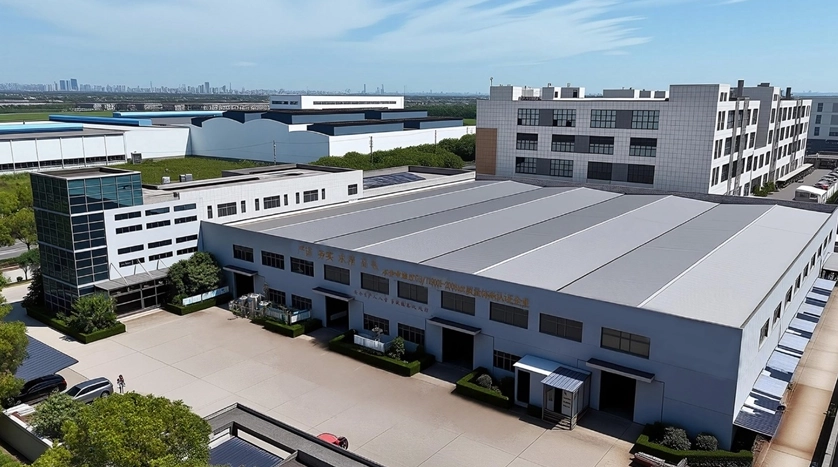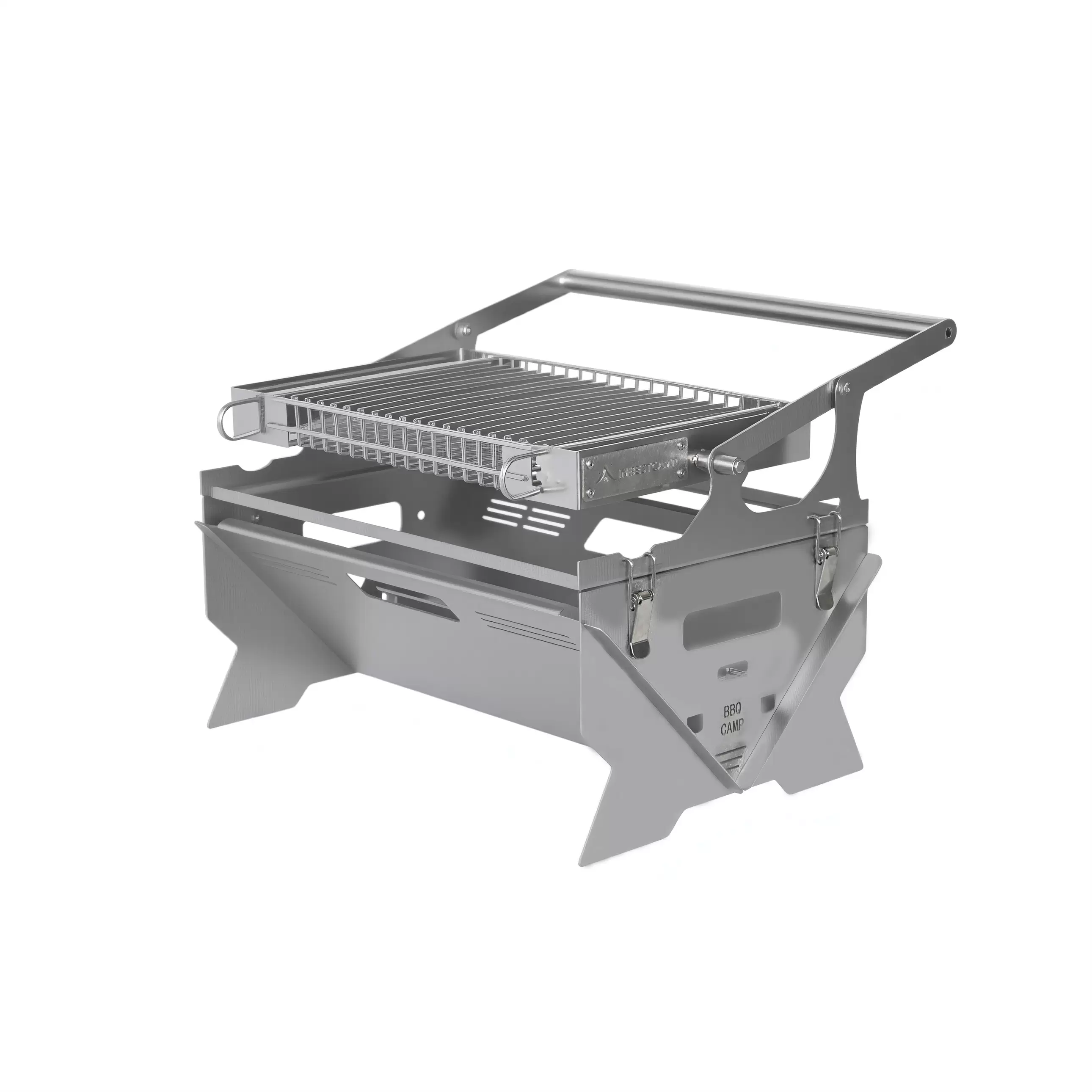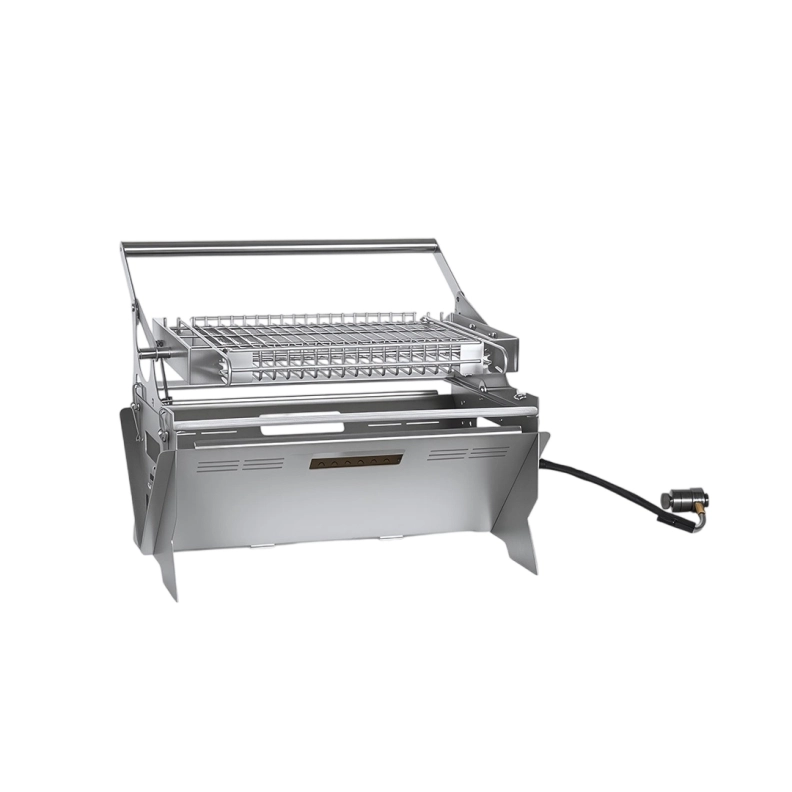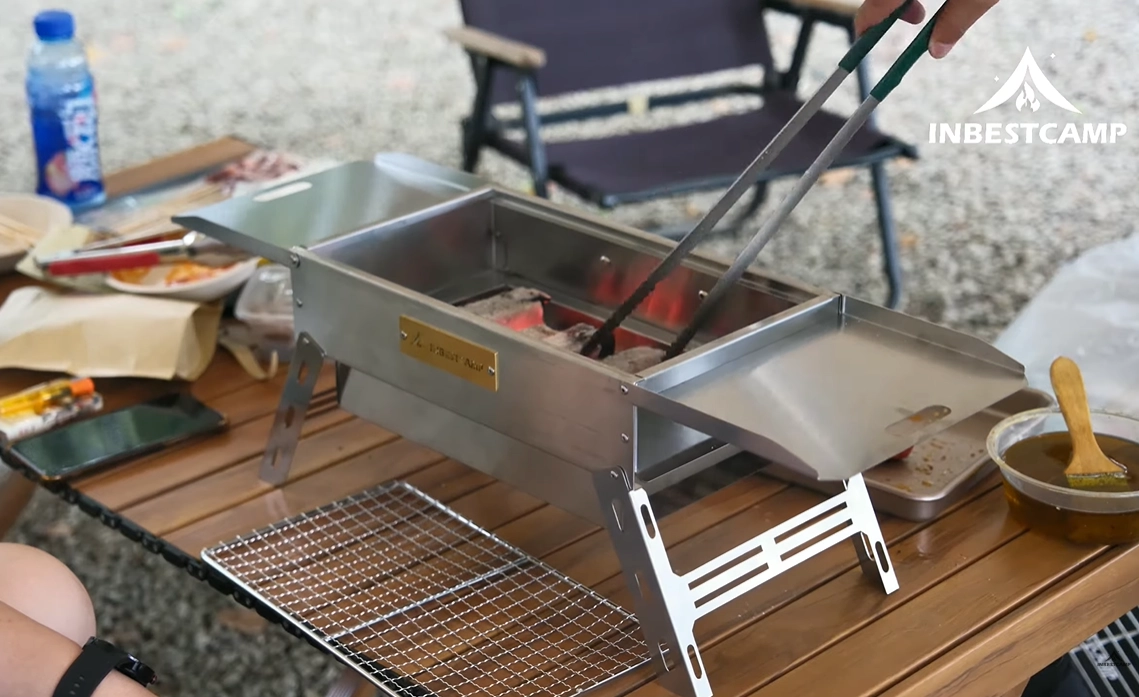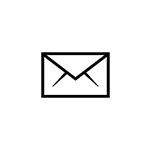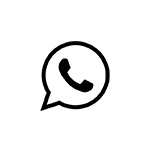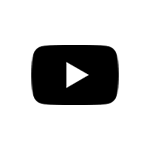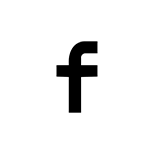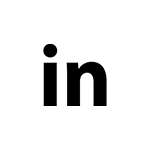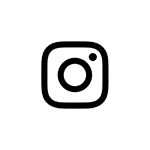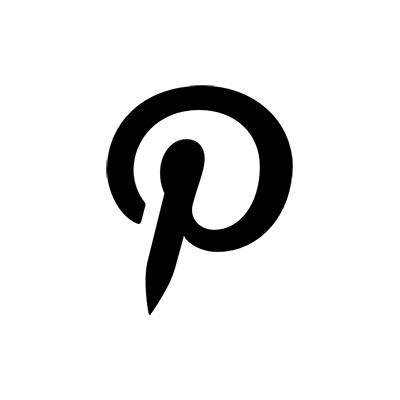Find out more about our news >
Customize Your Brand’s Outdoor Gear: An End-to-End Technical & Commercial Analysis of OEM Kerosene Stoves from INBESTCAMP
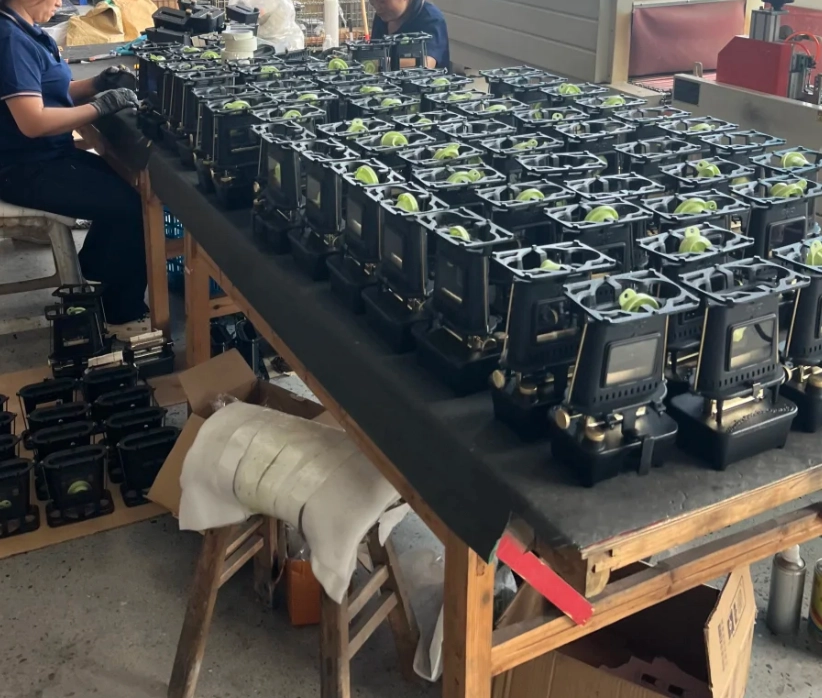
If you want a kerosene stove OEM partner who can deliver a market-ready product from concept to mass production — covering design, safety, verification, packaging and logistics — you need a partner who understands the product as deeply as the market. This guide walks you through every aspect of OEM kerosene stove development with INBESTCAMP: from inner components and combustion characteristics to factory processes, certification, cost structure and commercialization strategy.
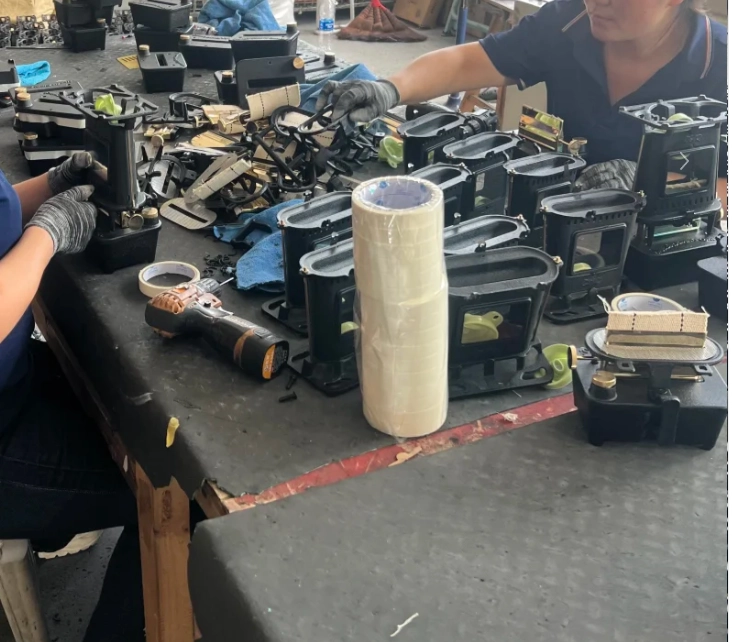
Executive summary (what you’ll learn)
Core design & combustion principles that determine stove performance and safety.
Material, parts and manufacturing decisions that drive durability and cost.
Key safety features and test protocols buyers must insist on.
Customization possibilities for branding, functionality and market segmentation.
Certification, packaging, logistics and after-sales considerations for global distribution.
Commercial factors: pricing drivers, MOQ, lead time, warranties and marketing hooks.
Tuoshenghe brings 15+ years of industry experience, vertical manufacturing and intelligent production to deliver OEM/ODM kerosene stoves engineered for performance, safety and brand differentiation.
1. Product anatomy — inside out (component-level breakdown)
Understanding the parts clarifies where quality matters and where you can optimize cost.
1. Burner assembly
Burner head (jet/nozzle geometry): controls spray pattern and vaporization—key for clean combustion.
Vaporizer tube (preheating path) on pressurized models: ensures kerosene vaporizes before mixing with air.
2. Fuel tank & pump
Material: stamped stainless steel or powder-coated cold-rolled steel.
Capacity options (0.5L–2L+) for portability vs runtime tradeoffs.
Pump: manual piston pump or integrated pressure pump with check valves.
3. Control valve & regulator
Precision brass valve for flame adjustment and metering.
Pressure regulator in pressurized stoves for stable output across temperatures.
4. Ignition system
Manual wick / match ignition or piezoelectric auto-igniter.
5. Support structure & pot stand
Foldable legs, trivet geometry for stability; thermal isolation from fuel tank.
6. Seals & gaskets
Viton or silicone seals (fuel-resistant) at joints to prevent leaks.
7. Safety features
Flame arrestor screens, overflow prevention, pressure relief valve (where applicable).
8. Finish & coating
Anti-corrosion coatings, high-temperature paints, optional chrome plating.
Why it matters: the burner and valve determine fuel efficiency & emissions; tank material and seals determine durability and safety; ignition and supports determine user experience.

2. Combustion types & performance tradeoffs
Kerosene stoves generally use one of two combustion architectures:
A. Pressurized (wickless/vapor) kerosene stoves
How it works: Pump pressurizes tank → kerosene forced through jet → preheated vapor mixes with air → atomized combustion.
Pros: High heat output, efficient, good for cold weather.
Cons: More complex (valve/pump maintenance), higher manufacturing precision required.
B. Wick-based kerosene stoves
How it works: Kerosene drawn by wick → burns as liquid on wick surface.
Pros: Simple, low cost, easy to repair.
Cons: Lower thermal efficiency, sootier, slower heat, less suitable for winter.
Performance metrics to evaluate
Heat output (kW / BTU) and useful cooking power.
Fuel consumption (g/hr or ml/hr at nominal power).
Boil time (e.g., 1 L water to boil).
Cold-start reliability and wind resistance.
Emissions: particulate and CO — critical for indoor/tent use.
INBESTCAMP engineers select combustion architecture based on target market (cold climate users favor pressurized stoves; budget or developing markets often accept wick models).
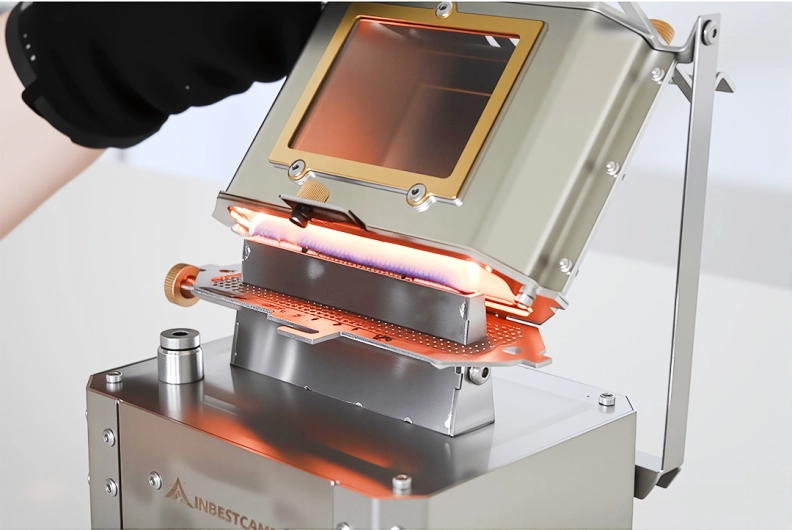
3. Materials, coatings and corrosion resistance
Outdoor gear must tolerate weather, rough handling and variable storage.
Tank & body: 304 stainless steel (best corrosion resistance) or coated CR steel (cost balance).
Burner head & nozzle: brass or stainless for dimensional stability under heat. Brass jets are common because they machine to tight tolerances and resist wear.
Seals: Viton for high temp/chemical resistance; silicone as lower-cost option.
Paints & finishes: high temp silicone paints, powder coatings with rust inhibitors.
Gaskets & packing: PTFE for fuel contact points if cost allows.
Specification tip: insist on material certificates and lab tests (salt spray, humidity) if selling to coastal markets.
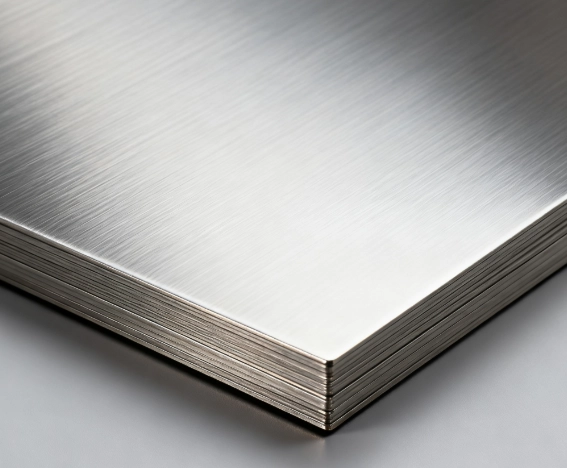
4. Safety Engineering and Mandatory Testing
Safety cannot be compromised. For the purchasers of original equipment manufacturers, the testing matrix of the factory is the primary selection criterion.
Key Safety Features
Overpressure Relief Valve (pressurized model).
Leak-proof fuel connections and double sealing.
Stable pot body support with anti-slip geometric structure.
Cool-touch control area and protective device.
Recommended testing procedures:
Burning time and continuous operation tests at rated and maximum settings.
Carbon monoxide and particulate matter emission tests - crucial for the tent/heater market.
Drop and vibration tests to simulate transportation and field usage conditions.
Salt spray/corrosion tests for coastal exports.
The testing laboratory of Tongseng will conduct a comprehensive verification cycle and keep records for auditing and compliance purposes.
5. Manufacturing: processes, tolerances & quality control
Tuoshenghe’s value proposition is vertical integration and intelligent manufacturing.
Typical factory flow
1. Sheet forming & stamping → body/tank fabrication.
2. CNC machining for valves, burners, and precision parts.
3. Welding & brazing (for burner assemblies).
4. Surface treatment (passivation/powder coat).
5. Assembly line with leak & pressure testing stations.
6. Final functional burn test and packaging.
Quality control (QC) checkpoints
Incoming material inspection (MMR, certificates).
Dimensional inspection (CMM/projection).
Weld quality inspection (visual & X-ray if needed).
Functional bench test for each unit (burner stability, valve operation).
Batch sample lab tests (emissions, pressure).
Why intelligent manufacturing matters: automated cutting, robotic welding and inline testing reduce variance and lower defect rates (<1% target).
6. Customization & OEM options — how brands can differentiate
INBESTCAMP’s OEM offerings typically include:
Cosmetic customization
Colorways, logo embossing/laser engraving, branded packaging inserts.
Functional customization
Different tank capacities, burner outputs, integrated windshields, stable pot supports, multi-fuel adaptability (kerosene + diesel).
Accessory bundles
Carry cases, maintenance kits, spare jets, ignition tools.
Regulatory customizations
Regional nozzle tuning for local fuel viscosity and volatility.
User experience
Improved controls (precision valve), piezo ignition, visual fuel gauge.
Design for manufacturing (DFM): Tuoshenghe advises brands on balancing bespoke features vs cost and assembly complexity.
7. Certification, compliance & export readiness
Key certifications vary by market:
EU: CE marking (general safety), EN 521 (outdoor gas appliances may be relevant), RoHS as applicable for electronics.
US: UL or ANSI standards for heating/cooking appliances; EPA considerations if emissions monitored.
Australia/NZ: SAA approvals for heaters/stoves where required.
Others: Local import regulations and lab testing required in many countries.
INBESTCAMP process: pre-compliance testing in-house, followed by accredited third-party lab certification support — crucial for avoiding customs delays and returns.
8. Packaging, logistics and after-sales
Packaging design
Protective internal fixtures (foam/eggcrate) to prevent deformation.
Clear user manual (multilingual), warning labels, spare parts list and maintenance instructions.
Retail packaging vs bulk palletization options.
Logistics
Options for sea freight, air freight and DDP/DAP fulfillment for retailers.
Inventory management via Tuoshenghe’s warehousing for spot orders and fast replenishment.
After-sales & spare parts
Warranty windows (commonly 12–24 months) and clear RMA processes.
Training materials and videos for retailers to reduce return rates.
9. Cost drivers, MOQ, lead times & commercial terms
Primary cost drivers
Material choice (304 SS vs CR steel)
Burner nozzle precision & machining hours
Safety components (pressure valves, seals)
Surface treatments and finish complexity
Packaging and certification costs
Common OEM commercial terms (Tuoshenghe typical)
MOQ: flexible — from low volumes (100–500 units) for many designs to typical commercial MOQs (1,000+) depending on customization.
Sample lead time: 5–7 days for initial proto; 48–72 hours for minor variants with existing tooling.
Mass production lead time: 15–25 days after sample approval for most orders; longer for large tooling changes.
Payment terms: deposit + balance prior to shipment (typical 30% /70%), negotiable with long-term partners.
Pricing tip: decide early where to invest (materials, certifications) — these decisions drastically change unit costs.
10. Market positioning & target segments
Kerosene stoves appeal to several buyer segments:
Outdoor enthusiasts & expedition groups — prioritize reliability, cold weather performance (pressurized stoves).
Budget campers & developing markets — wick stoves and basic models dominate.
Emergency preparedness & NGOs — need reliability, long storage life, and low maintenance.
Street food / mobile vendors — require robust, high-output stoves with quick heat and stable supports.
Retail & lifestyle brands — value aesthetics and brand packaging.
INBESTCAMP helps brands target these segments by tailoring product features and accessories.
11. Sustainability & fuel considerations
While kerosene is a fossil fuel, manufacturers and brands can mitigate environmental impact:
Fuel efficiency: optimize burner geometry to lower consumption.
Longevity & reparability: design for easy parts replacement to extend product life.
Packaging: recyclable materials and minimal plastic.
Multi-fuel adaptability: allow stove to run on cleaner kerosene blends where available.
Brands should be transparent about emissions and advise safe outdoor/ventilated use, especially for tent heating products.
12. Commercial launch checklist for brands (practical)
Before placing a bulk OEM order, confirm:
☐ Finalized functional spec: burner type, heat output, tank size.
☐ Material matrix and finishes confirmed (and costed).
☐ Safety features & required certifications per market identified.
☐ Prototype run completed, user testing performed.
☐ Packaging & manual copy finalized (multilingual).
☐ Spare parts list and warranty policy defined.
☐ Logistics plan (DDP/DDU) and lead times agreed.
☐ After-sales & RMA process agreed with supplier.
☐ Marketing assets (product photography, spec sheets) ready.
INBESTCAMP will work through each of these items as part of its OEM process.
13. Marketing & differentiation ideas for your kerosene stove launch
Performance videos: boitests, cold-start in subzero, wind resistance demos.
Safety & certification badges: display compliance prominently.
Maintenance kits & promo bundles: spare jets, seals, carry bag.
User education: short videos on safe operation and winter tips.
Limited edition finishes: branded colors, engraved logos for premium collections.
14. Common FAQs (buyers ask these)
Q: Are kerosene stoves safe for tent use?
A: Only models specifically designed for enclosed spaces with proper ventilation and CO monitoring should be used. Many stoves are for outdoor use only.
Q: How do I choose between pressurized and wick models?
A: Choose pressurized models for cold climates and high performance; wick for simplicity and low cost.
Q: Can these stoves be shipped internationally?
A: Yes — but certifications and import regulations vary; INBESTCAMP helps with documentation and pre-compliance.
Q: How long do these stoves last?
A: With correct materials and maintenance, 5–10 years or more; replaceable parts extend lifetime.
Q: What about emissions?
A: Properly tuned pressurized stoves burn cleaner than wick stoves; CO & particulate testing is recommended for indoor/tent models.
15. Why partner with INBESTCAMP / Tuoshenghe
Deep experience (15 years) in outdoor cooking equipment manufacturing.
Vertical & intelligent manufacturing enables quality control, competitive lead times and lower defects.
Full OEM/ODM service chain — from engineering, prototyping to certification and logistics.
Global reach — experience supplying brands in 30+ countries with market-appropriate variants.
Testing & compliance support — in-house validation plus third-party lab cooperation for certification.
Conclusion — the full picture
A successful OEM kerosene stove program requires technical depth (combustion, materials, safety), manufacturing discipline (precision machining, QC), regulatory foresight (certifications), and commercial savvy (pricing, packaging, logistics). Tuoshenghe offers an integrated solution that covers all those layers so your brand can launch safe, reliable and differentiated kerosene stoves — with predictable costs, transparent timelines and strong after-sales support.
If you want, I can convert this into a product specification pack or a buyer’s checklist PDF tailored to your target markets (e.g., EU vs. Africa) — ready for procurement and marketing teams.




 RELATED MAGAZINE
RELATED MAGAZINE 

